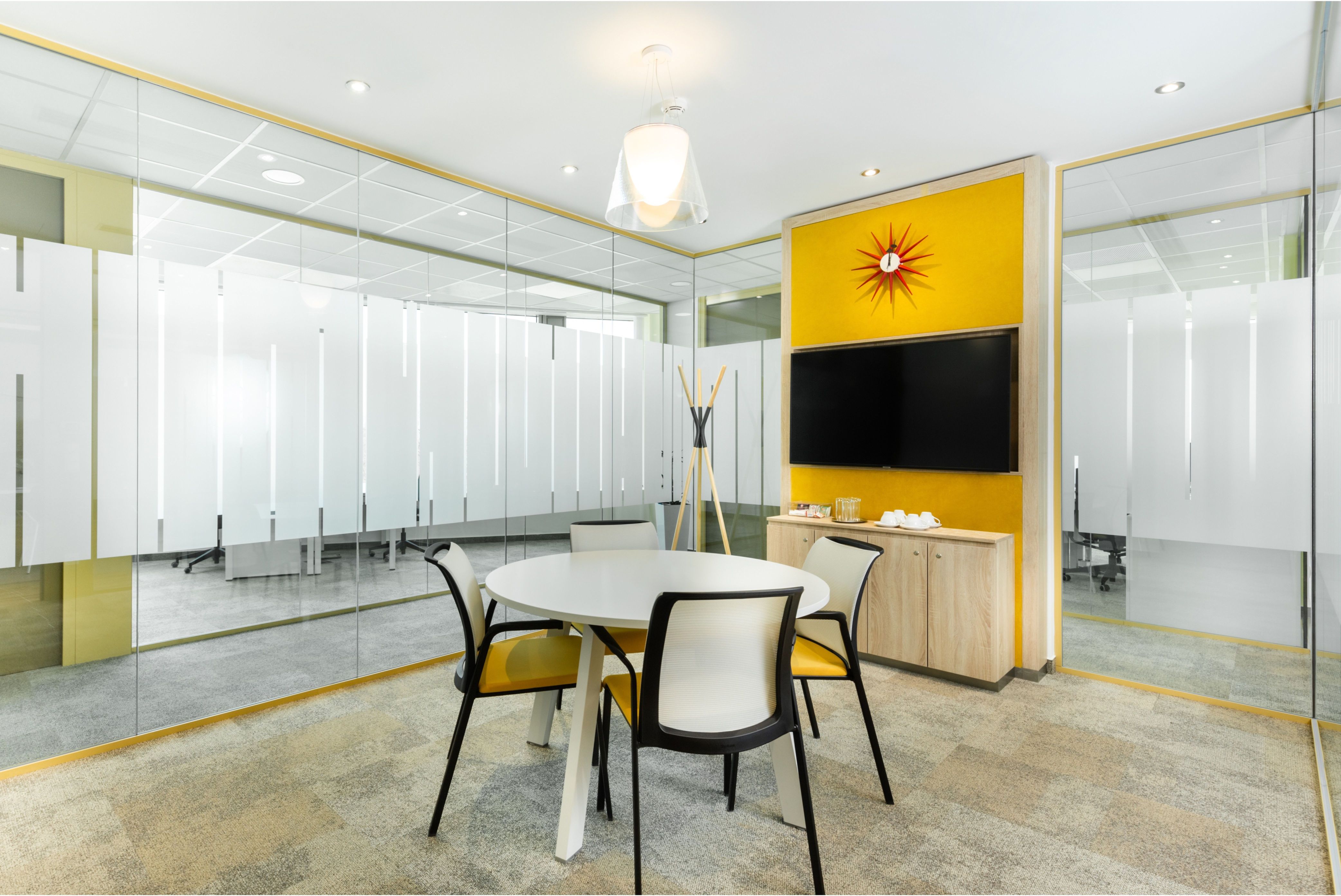Finding the Balance in a Developing Market

Balázs Czifra
You don’t have to be a real estate expert to appreciate how far and fast the automotive and e-mobility sectors are driving the Hungarian economy. According to the latest Commercial Real Estate Market Report from the National Bank of Hungary, the automotive industry had expanded by 20.3% in January 2023 on a year-on-year basis, while the manufacture of electrical equipment, including batteries and electric motors, rose by 43.5%.
Balázs Czifra, who, as director of sales, asset management, and business development at the privately held Hungarian real estate developer InfoGroup, is a real estate expert, says some critical trends are apparent.
While, in many cases, the factories of the component suppliers are not yet operational in the immediate vicinity of manufacturing centers such as BMW’s so-called iFactory at Debrecen (itself not complete), attention is already beginning to move further afield. Not that there isn’t still an awful lot to do.
The fully operational date for many projects on the market now is mid-2025, but that means test operations must have begun half a year or even nine months earlier, Czifra says. These critical component suppliers will provide parts, and just-in-time processes mean delivery from supplier to automaker can often be measured in minutes.
“If there’s any trouble in the whole process, they have surplus end products for about 30 minutes only, which means that continuous production must be maintained in all facilities; that’s the biggest challenge for us, who also manage the building,” the director says. “This is a completely different world. There cannot even be a 10-minute cut in the electricity supply because these deadlines are so tight. But of course, we are up for the challenge.”
But even as this first phase moves forward, some eyes are looking, metaphorically and literally, further down the road. If manufacturing capabilities characterize the initial stage, the next will be built around logistics.

IGPark Polgár.
Decisive Development
“That is going to be, I think, quite decisive,” Czifra says, though he admits there are still plenty of open questions. “It is not entirely clear how they can manage the distance from a factory, what type of warehousing, what type of additional items they will need to stock to be able to meet the strict SLA [service level agreements]. These are the tendencies that are not entirely clear for the industry itself just yet, but everyone is in a rush because the deadlines for the actual manufacturing operation are very close.”
One advantage Hungary has is an excellent road network. What is more lacking, particularly in the east of the country, is a comparable rail network. Czifra thinks that is something the government will have to address (and in part already is through projects such as the Budapest-Belgrade highspeed rail link) as companies increasingly look for more sustainable alternatives to road transport. Audi, based in Győr in the west of the country, has primarily switched to direct rail transport, for example.
“For us as property developers, the most important concern so far was to be on the main transport routes. That’s why we are locating as close as possible to motorways. We have an industrial park (IGPark Polgár) with a [rail] spur, which has not been used at all in the last couple of years. But times are changing; potentially, we will have users for that now. But a lot of investment needs to be put in to keep not only the industrial spur alive but also the whole rail network that it connects to.”
Labor shortages are an issue everywhere, but there are less developed areas, such as the east, northeast, and south of Hungary, where the government encourages foreign-owned companies to locate through subsidy schemes. The question for developers like InfoGroup is whether there is a better financial case for getting ahead of the game in a pioneering role or waiting for more definitive interest.
“The assessment we need to make is whether it is worthwhile or not, whether it can be a profitable business or not. It’s quite expensive to develop now; is it worth putting together a scheme with a speculative building? Does it need to be tailor-made, or do we just prepare a plot that we can deliver relatively quickly; that’s where we need to find the balance.”
This article was first published in the Budapest Business Journal print issue of May 19, 2023.
SUPPORT THE BUDAPEST BUSINESS JOURNAL
Producing journalism that is worthy of the name is a costly business. For 27 years, the publishers, editors and reporters of the Budapest Business Journal have striven to bring you business news that works, information that you can trust, that is factual, accurate and presented without fear or favor.
Newspaper organizations across the globe have struggled to find a business model that allows them to continue to excel, without compromising their ability to perform. Most recently, some have experimented with the idea of involving their most important stakeholders, their readers.
We would like to offer that same opportunity to our readers. We would like to invite you to help us deliver the quality business journalism you require. Hit our Support the BBJ button and you can choose the how much and how often you send us your contributions.










